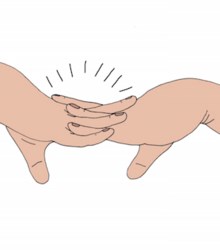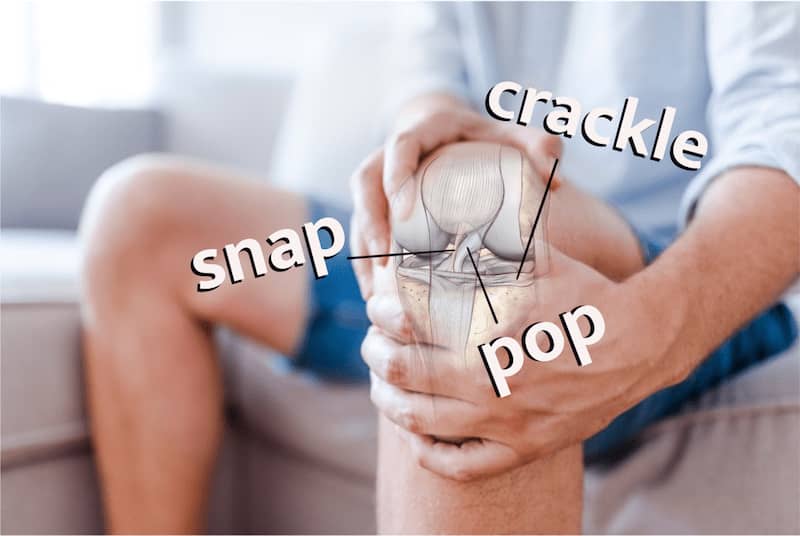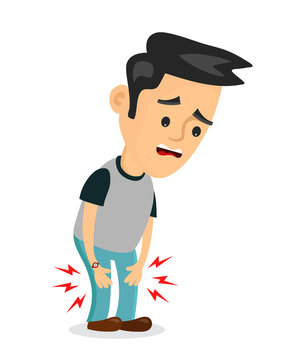What’s Up With My Noisy Joints?
Patients/athletes frequently have questions regarding clicks, pops, or other noises produced during exercise or with particular activities during the day. It’s normal to be concerned about these things initially, but understanding them is very important so that a “noise” alone isn’t affecting areas of progress in your sport/training.
Joint noises can be alarming and concerning, especially for athletes and individuals who are highly active. The sounds can range from clicks, pops, to snaps, and can be produced during exercise or even simple day-to-day activities. However, not all joint noises are pathological and require medical attention. Understanding the difference between physiological and pathological noises is crucial to prevent potential harm and ensure progress in sports and training.
Physiological noises are typically pain-free and are not associated with an injury or pathology state, while pathological noises are usually linked to a medical condition, causing pain, and requiring proper management. The source of these noises is still uncertain, with joint cavitations and tendons moving relative to the bone being the most common theories. Unfortunately, many people tend to avoid exercise or activities due to these noises, resulting in weakness or decreased adaptation to the area and subsequent issues. It is essential to manage joint noise on an individual basis, taking into account past injury history, activity habits, and goals. Seeking a professional opinion from a physical therapist can provide the necessary guidance to manage joint noises appropriately.

To discuss this further, it is important to decide if your joint/tendon noise is physiological or pathological. Physiological implies that the noise is created from your body but not necessarily from an injury/pathology state. This is usually pain-free. Some research has found that 99% of all knees make some crepitus (noise) regardless of pain or not. I can say that my knees, ankles, and shoulders have all made noises that are not painful and thus have not held me back from activity.

Pathological crepitus is more related to a condition such as a knee meniscus with catching/clicking, joint osteoarthritis, etc. With these, pain is present and correlated with noise. It is important to have a medical professional evaluate these conditions, as proper management will dictate success moving forward. There may be an acceptable amount of “noise” with an activity that allows for appropriate exercise to improve overall condition.

There are theories about where these noises come from. These include joint cavitations causing more of a pop or tendons/connective tissue moving relative to the bone causing more of a “snapping sensation”. Most often these are only noises and nothing more. Unfortunately, often people will begin a pattern of avoidance due to the joint noise. This is more likely to result in weakness or decreased adaptation to the area and subsequent issues derived from the avoidance alone.
Joint noise is a complicated and gray area that should not be overlooked, especially for athletes and individuals who are highly active. Distinguishing between physiological and pathological noises is crucial to prevent potential harm and ensure progress in sports and training. Physiological noises are common and pain-free, while pathological noises are usually associated with a medical condition and require proper management.
Although the source of these noises is still uncertain, avoiding exercise or activities due to these noises can lead to weakness and decreased adaptation, resulting in subsequent issues. Seeking guidance from a physical therapist can provide individualized management and ensure safe and effective progress towards achieving one’s goals. At Up and Running Physical Therapy, we specialize in working with motivated, active individuals and can provide the necessary guidance to manage joint noises appropriately.
Overall, joint/bodily noise or “crepitus” with activity is a complicated/gray area that should be managed on an individual basis knowing the person’s past history with injury, activity habits, and goals. When in doubt, get a professional opinion by visiting with a physical therapist that works with motivated, active individuals like you!
Joey Przybyla, PT, DPT
Up and Running Physical Therapy
* * *
Thanks for reading! If you’d like to learn more about who we are and what we do, click this link: https://upandrunningpt.com/

